About products and suppliers
تقدم Alibaba.com صورة مذهلة ودائمة وواقعية. بلاط البورسيلاني لقضاء وقت لعب ممتع وممتع لأطفالك. هؤلاء. لا تعتبر بلاط البورسيلاني متعةً لقضاء الوقت فحسب ، ولكنها أيضًا لا مثيل لها عندما يتعلق الأمر بمنتجات الألعاب عالية الجودة. هذه المواد القوية مصنوعة. تعتبر بلاط البورسيلاني مثالية للأطفال من جميع الأعمار وهي مزودة بجميع الأجزاء المتوفرة لتجربة واقعية. تم اعتماد هذه المنتجات واختبارها للأطفال للعب بأمان.
هذه رائعة. بلاط البورسيلاني مصنوعة من البلاستيك المقوى ، وتقاسم المنافع والمتانة والاستدامة. يمكن لهذه المركبات أن تتحمل بسهولة الاستخدامات القاسية من قبل الأطفال وهي مركبات متوازنة توفر لهم ركوبًا رائعًا وآمنًا. هؤلاء. تم تجهيز بلاط البورسيلاني بأبواب يمكن فتحها ، ومصابيح أمامية وخلفية قوية ، وأنظمة موسيقى تعمل على النحو الأمثل ، وأجهزة تعليق قوية. هؤلاء. تم تجهيز بلاط البورسيلاني بأربع عجلات قيادة EVA و 4 محركات قيادة متميزة.
تقدم Alibaba.com عدة عروض متميزة. تتوفر بلاط البورسيلاني بميزات متعددة لتناسب متطلباتك. هؤلاء. تتوفر بلاط البورسيلاني في كلا الإصدارين الكهربائي والبطاري مع بدء تشغيل المحرك الكهربائي. يمكن الوصول إلى البطاريات إما بخيارات قابلة للإزالة أو غير قابلة للإزالة وتأتي بسعات مميزة. يمكنك تخصيص هذه الأشياء الجميلة تمامًا. بلاط البورسيلاني ويمكنهم القيادة على أي تضاريس أرضية وامتلاك مصدات أمامية للأمان.
تصفح عبر مختلف. نطاق بلاط البورسيلاني على Alibaba.com واشتر المنتجات التي تتناسب مع متطلبات ميزانيتك. هذه المنتجات حاصلة على شهادات ISO ، CE ، SGS ، ومتاحة كطلبات OEM. يمكنك أيضًا البحث عن خيارات تغليف مخصصة لعمليات الشراء بالجملة.


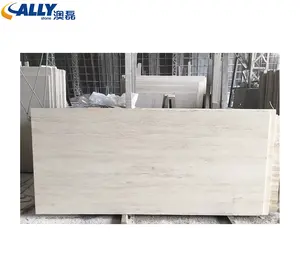







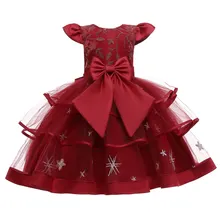


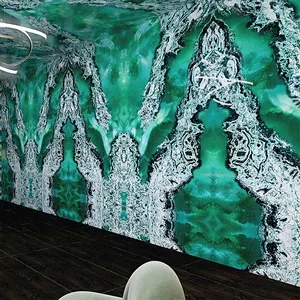

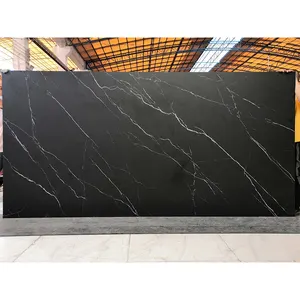

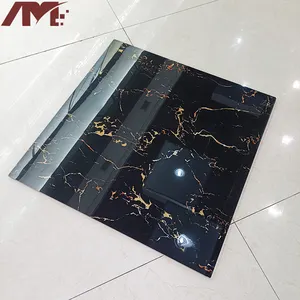























 浙公网安备 33010002000092号
浙公网安备 33010002000092号 浙B2-20120091-4
浙B2-20120091-4